I recently read a quotation by August Endell (1871 – 1925), a German self-taught architect who designed in the era of Jugendstil, or, in English and French, Art Nouveau. Here’s what he said in Berliner Architekturwelt, volume 4, 1902:
“I believe it is not generally known that, in the bark of our own native trees, we possess the most rapturous symphonies of colour that a painter could ever dream of. After rain, for example, when the colours are luminous and fresh, the richest and most wonderful motifs are to be found there. You need to go right up to the trunk and look hard at small areas the size of your palm. Strong colours alternate one with another. Velvety violet,
fiery yellowy-red,
grey with a blue shimmer, bright green,
bright green,

– the widest possible range of colour nuances are found in a rich spectrum in the boldest contrasts. Only when you have studied the colours of bark close up can you appreciate why tree trunks have such luminous colours from afar.

The individual colours are garish and unbroken, but because they lie so close together in such small blotches, they tone each other down without losing their effect.”
August Endell’s first commission was for the Hof-Atelier Elvira, a photography studio in Munich, built and decorated in 1896-97. The interior decor was highly individual, even bizarre, but partly reflected Endell’s belief that ‘the most wonderful motifs’ are to be found on tree bark. Look, for example, at the studio staircase, to see how the organic pattern resembles the cracks in bark:
You can guess from the age of the staircase photo that the building no longer exists. It was destroyed by Allied bombing in 1944. Hooray for photos!
In 1896, in an article about his theory of art, Endell said:
“Someone who has never been sent into raptures by the exquisite swaying of a blade of grass, the wondrous implacability of a thistle leaf, the austere youthfulness of burgeoning leaf buds, who has never been seized and touched to the core of his being by the massive shape of a tree root, the imperturbable strength of split bark, the slender suppleness of the trunk of a birch, the profound peacefulness of an expanse of leaves, knows nothing of the beauty of forms.”
(Cited in Art Nouveau, Gabriele Fahr-Becker)
The year 2014 is all but over; I want to finish it on a beautiful note. In an antique shop at Jervis Bay, in a holiday mood, I found Fahr-Becker’s Art Nouveau still sealed in protective plastic yet offered for a small price. I took it back to the beach house, peeled away its covering and flicked through the large glossy pages. At around the middle of the book, 232 pages in, the Endell quotation on bark brought me to a halt. I didn’t turn the page, but closed the book. I didn’t want to forget his urging to ‘go right up to the trunk’ of trees, and look hard. I urge you to do it, too.
Happy New Year!
I wish you wonderful days in 2015.
*****

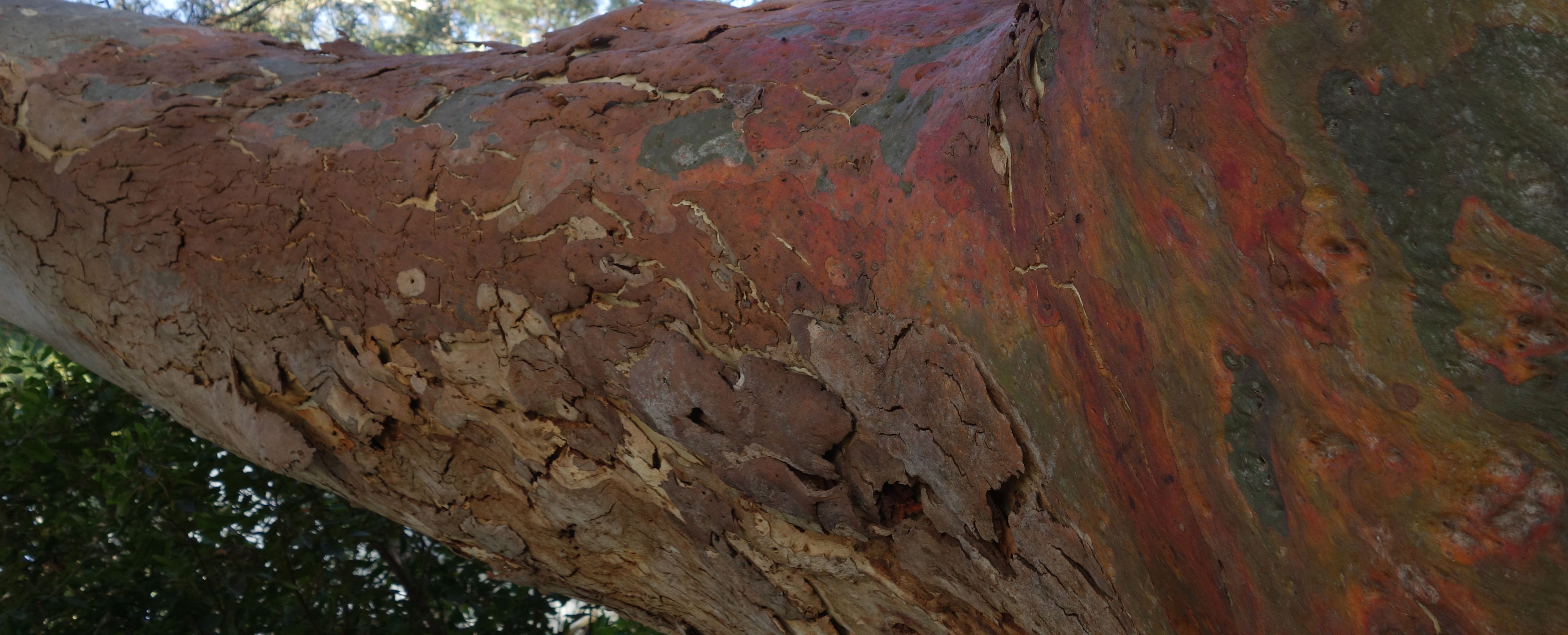
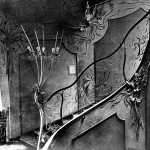
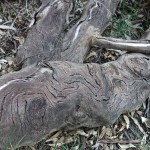
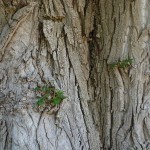
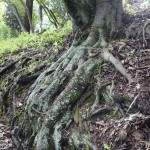
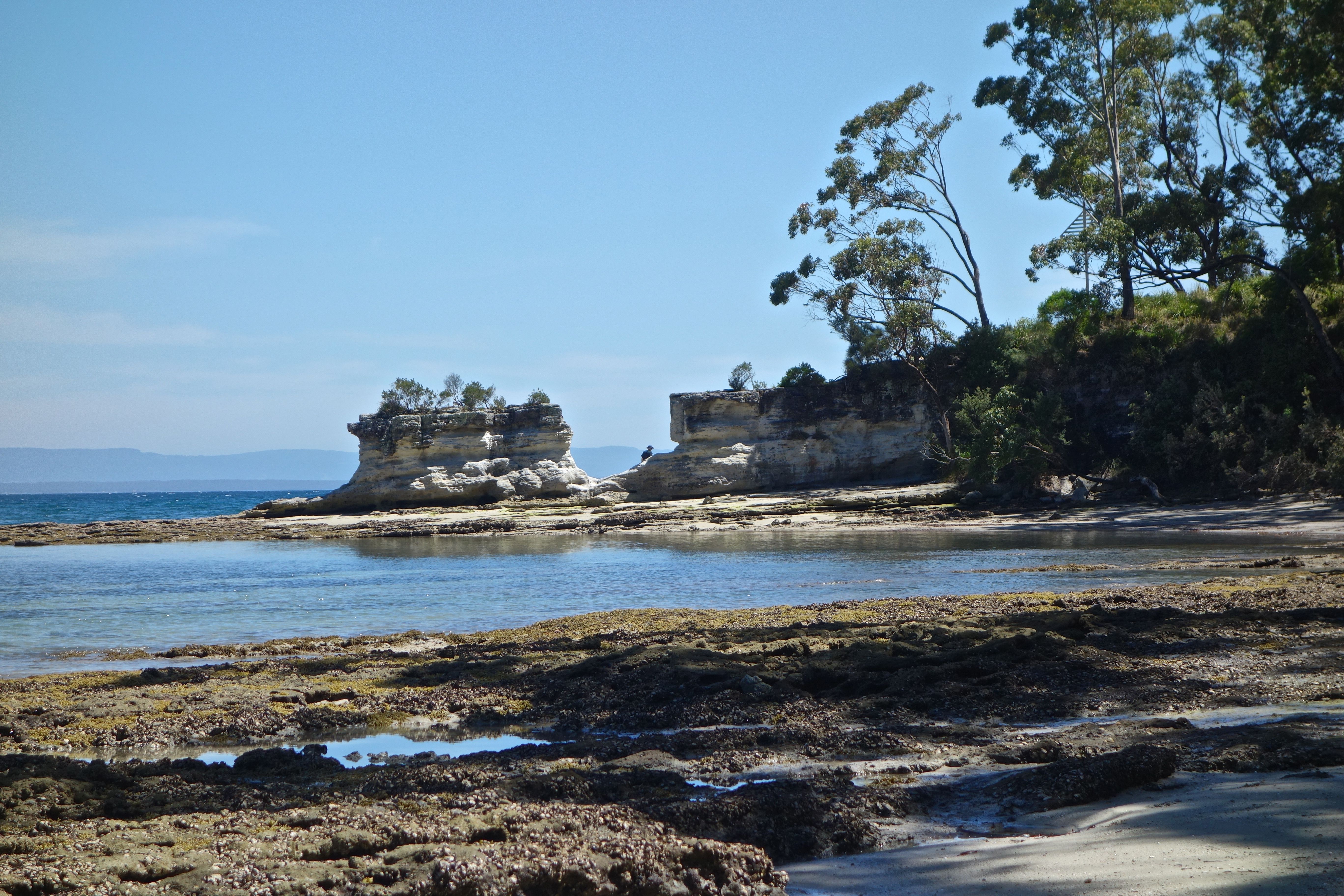








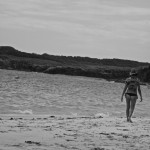
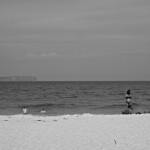
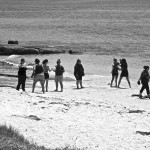
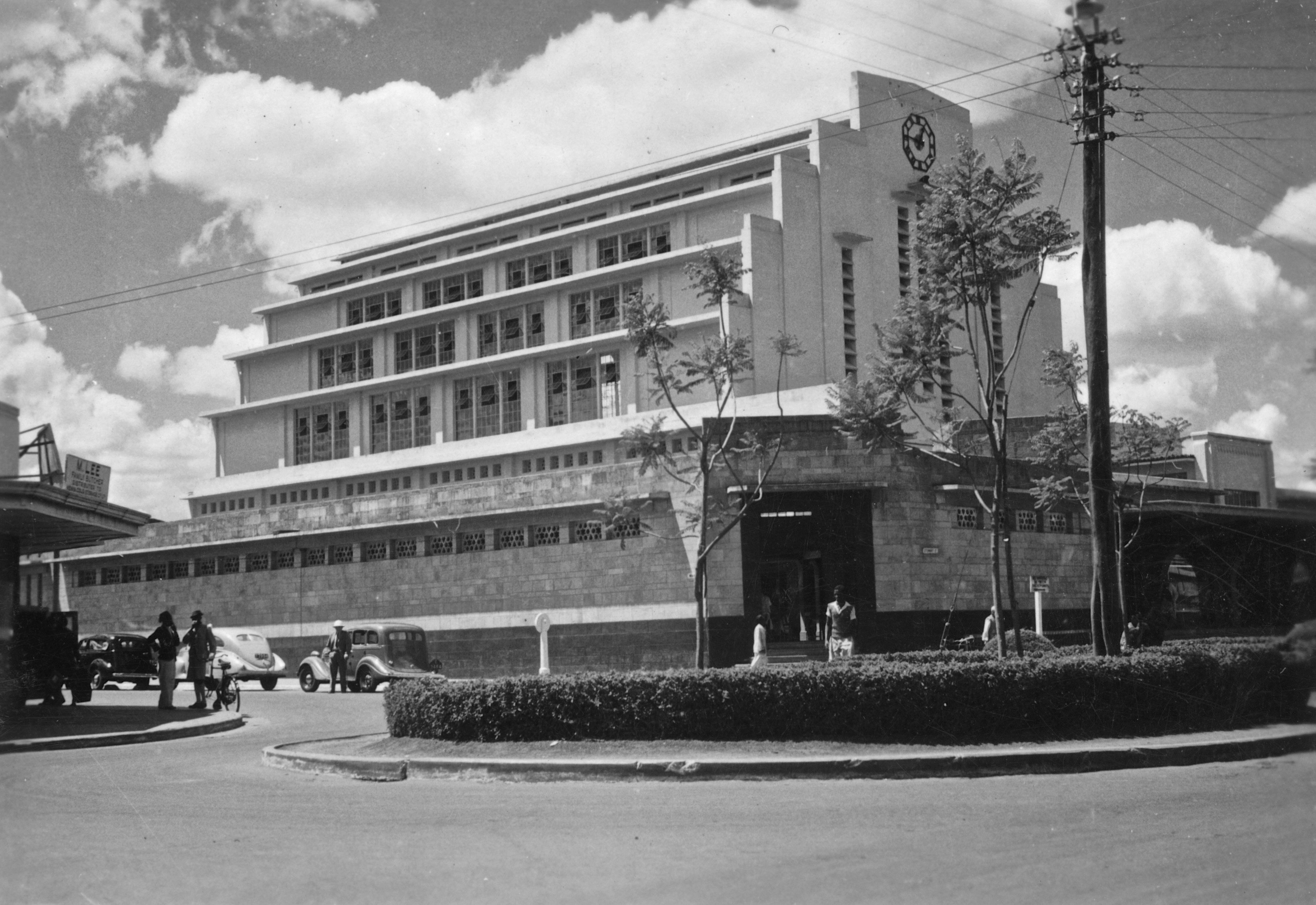
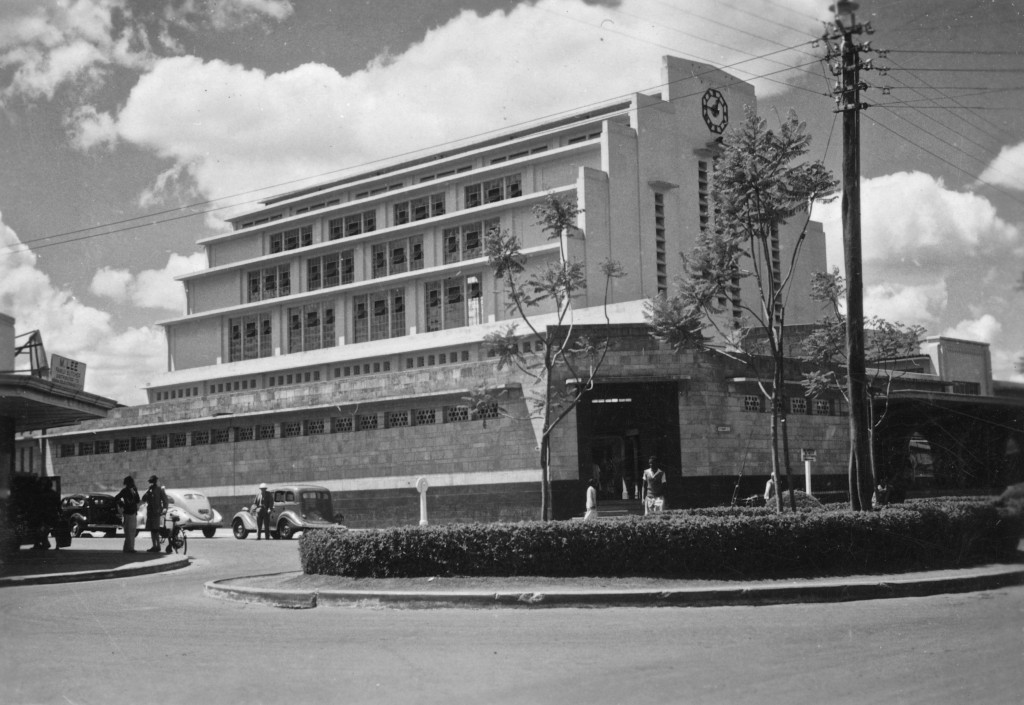
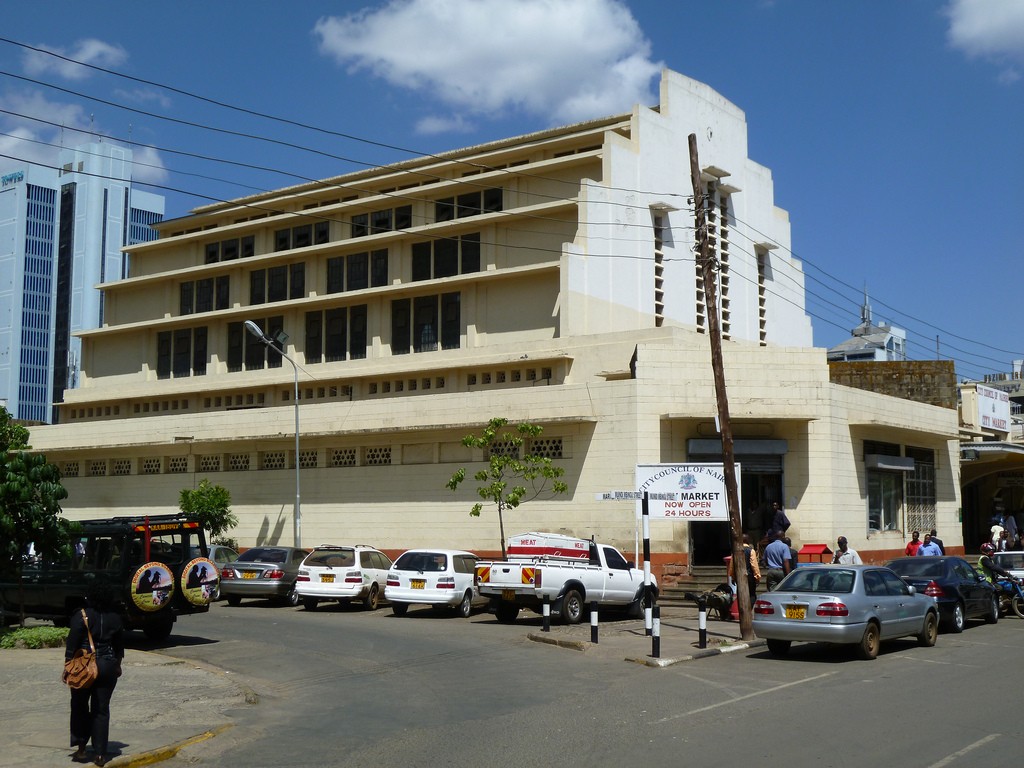



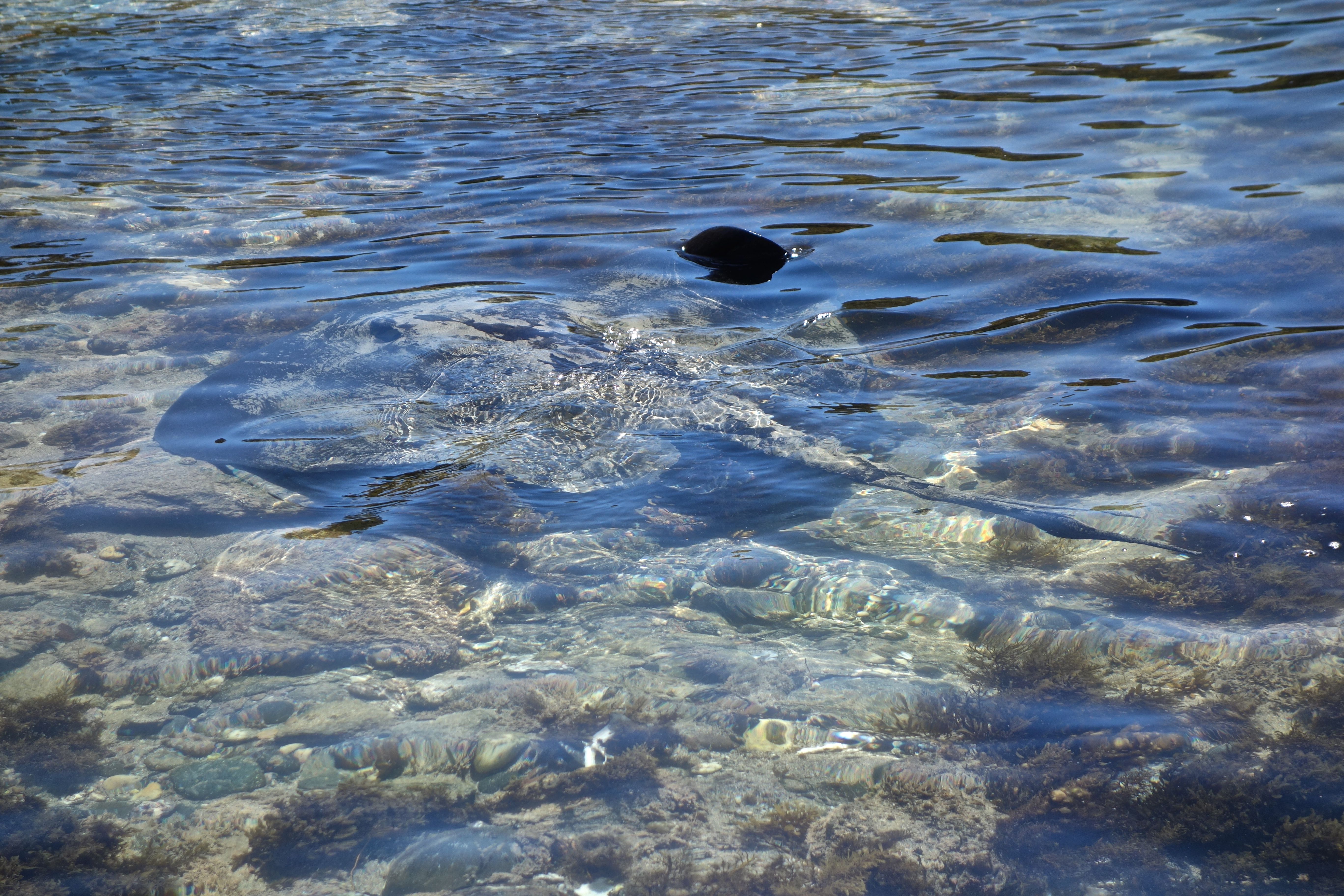









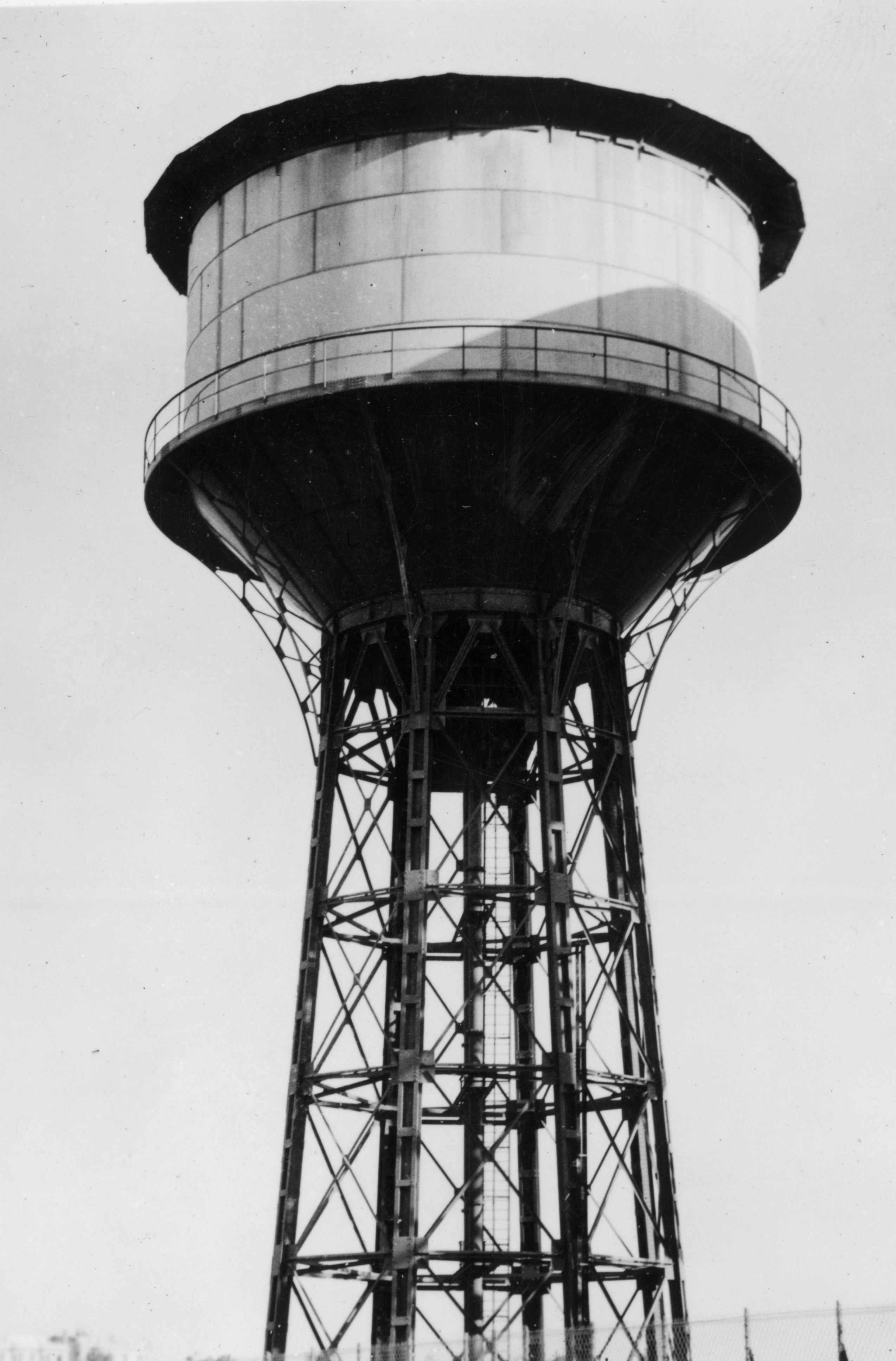







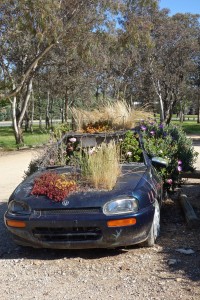
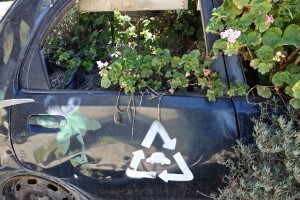
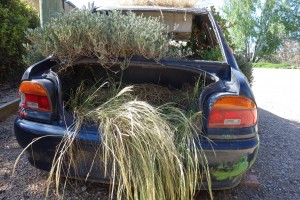
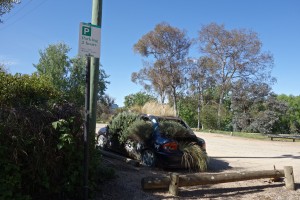


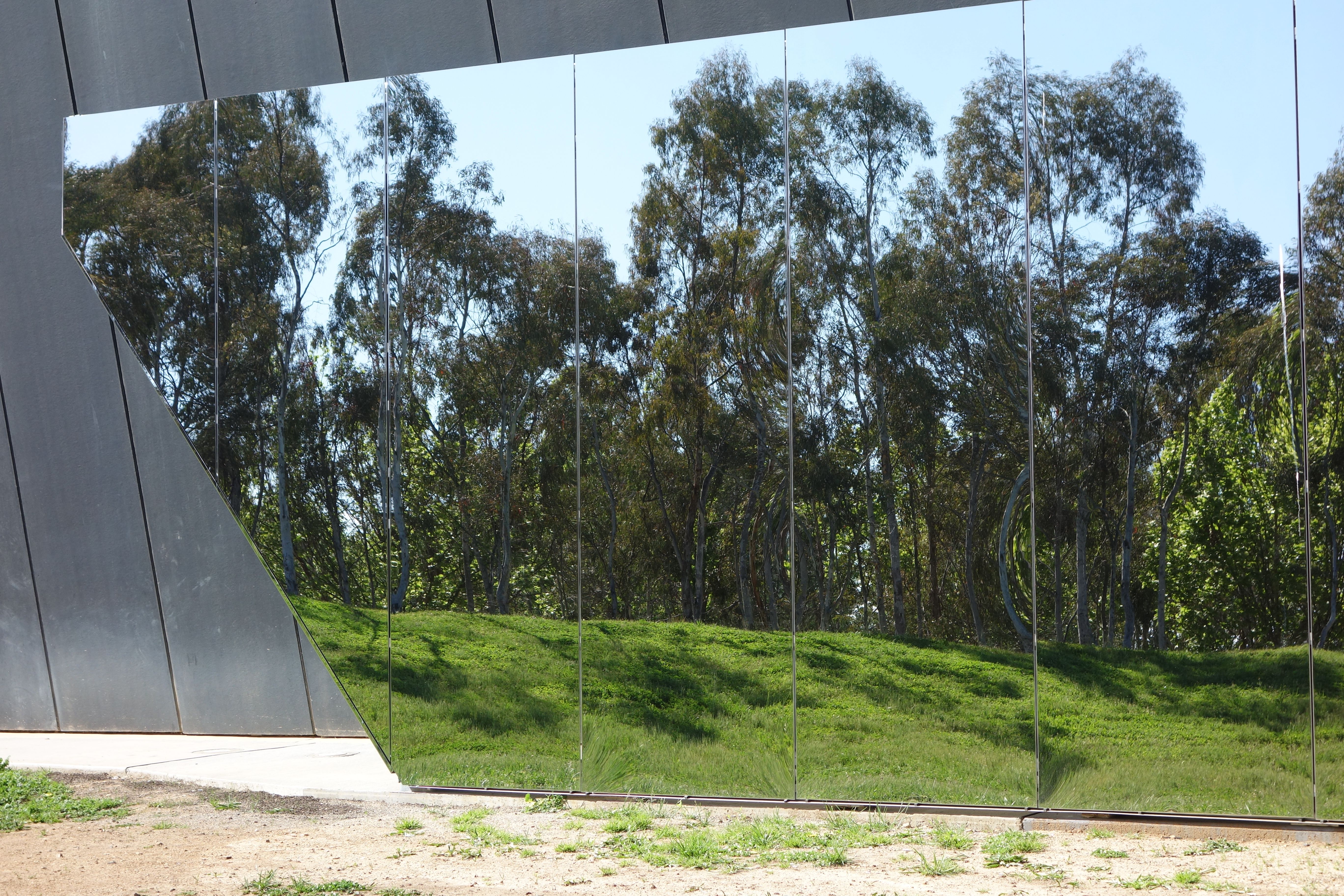




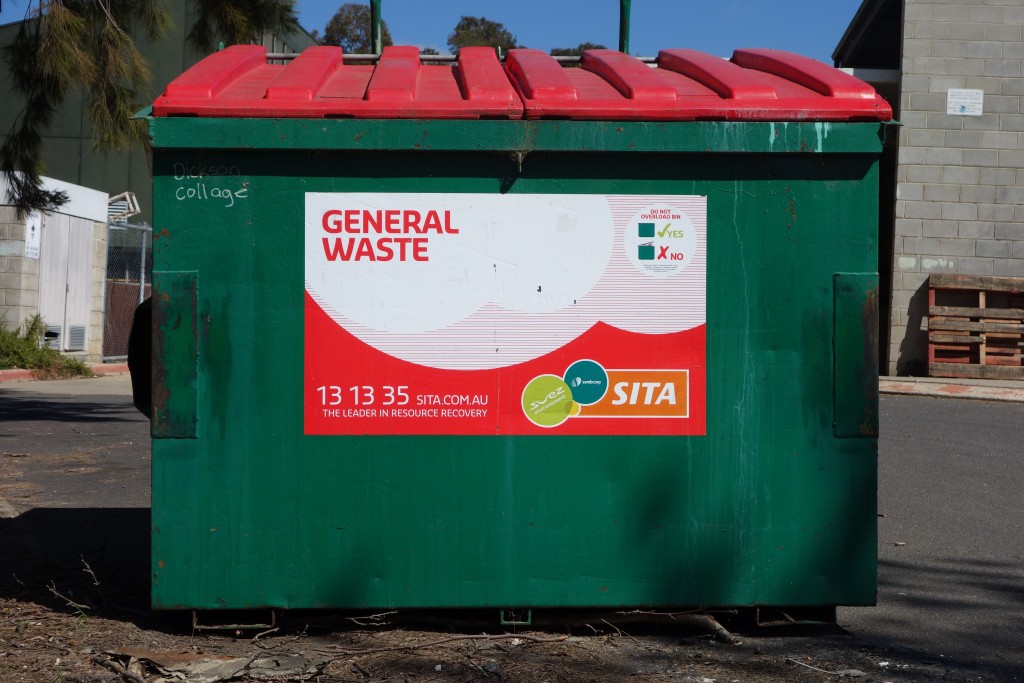
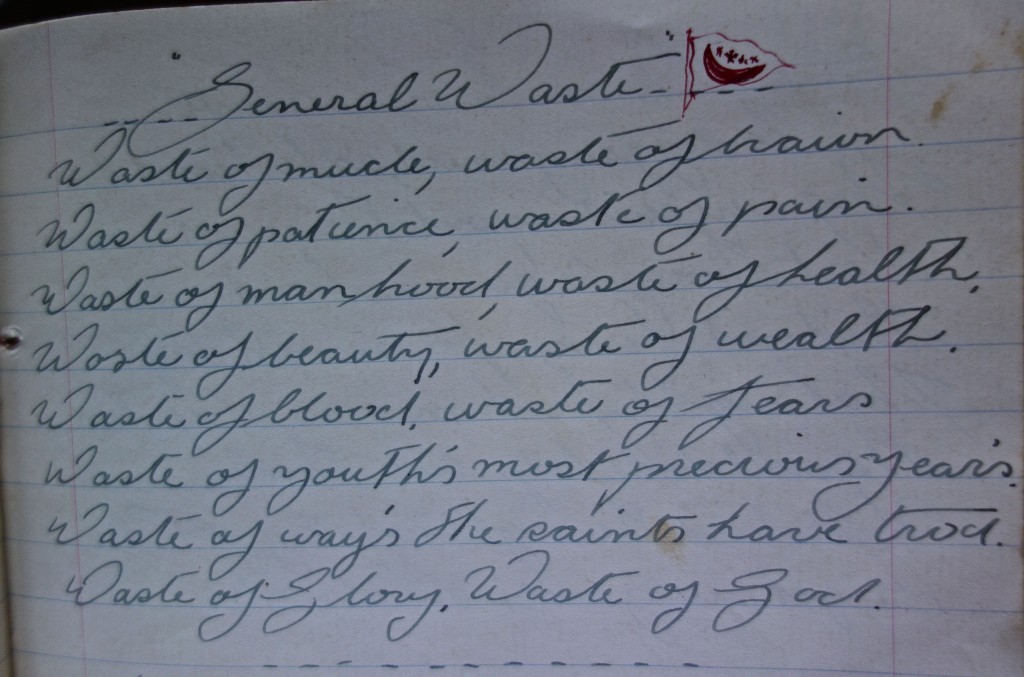
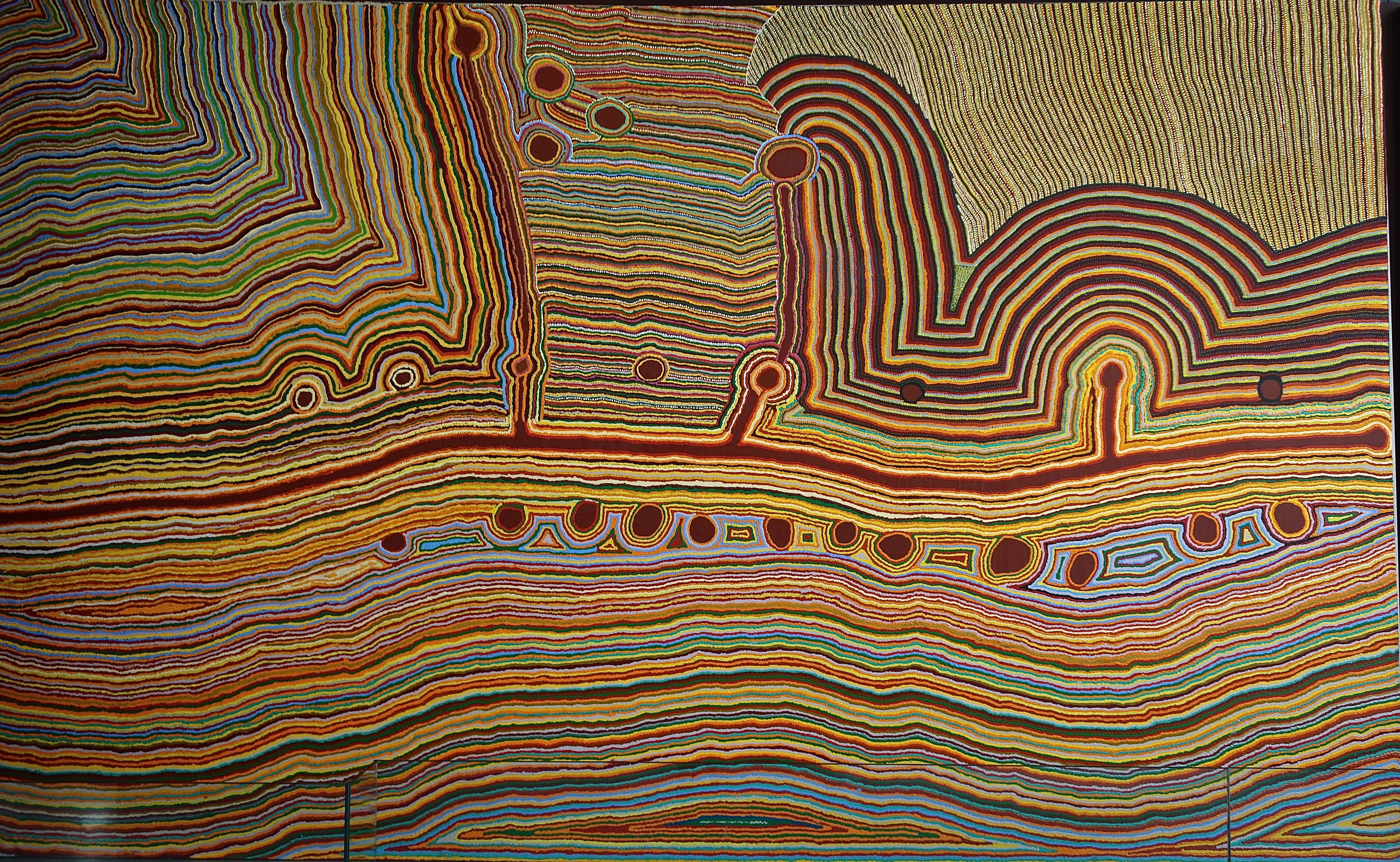
 In the foyer there are great glass windows looking onto the lake, and an artsy window dressing which produces the best shadows.
In the foyer there are great glass windows looking onto the lake, and an artsy window dressing which produces the best shadows.  As I moved up into the galleries, Eternity caught my eye. Arthur Stace famously wrote this single word in beautiful copperplate writing on the footpaths of Sydney between 1932 and 1967.
As I moved up into the galleries, Eternity caught my eye. Arthur Stace famously wrote this single word in beautiful copperplate writing on the footpaths of Sydney between 1932 and 1967.  Stace described an experience in church which prompted him to write Eternity half a million times over 35 years:
Stace described an experience in church which prompted him to write Eternity half a million times over 35 years: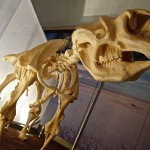
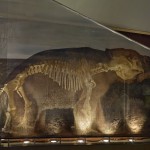
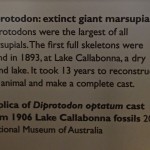
 One of the saddest sights in the museum was this gate, a reminder of times when some children were raised by institutions:
One of the saddest sights in the museum was this gate, a reminder of times when some children were raised by institutions:  There were other objects like leg irons and old pistols that remind us of our darker colonial past: and a convict bi-colour ‘magpie’ uniform, designed to deter convicts from escaping. But imagine the situation if, in 1788 and later, the roles had been reversed, and it wasn’t the English arriving to claim this land for the crown, but the Aboriginals arriving to take the land from the whites. Gordon Syron, an indigenous artist painted that ‘what if’ scene in The Black Bastards are Coming, 2006:
There were other objects like leg irons and old pistols that remind us of our darker colonial past: and a convict bi-colour ‘magpie’ uniform, designed to deter convicts from escaping. But imagine the situation if, in 1788 and later, the roles had been reversed, and it wasn’t the English arriving to claim this land for the crown, but the Aboriginals arriving to take the land from the whites. Gordon Syron, an indigenous artist painted that ‘what if’ scene in The Black Bastards are Coming, 2006:  Out on the museum terrace, one of the best spots to get a quiet waterside coffee, I was contemplating eternity when a man and dog came past on a surfboard (lakeboard?).
Out on the museum terrace, one of the best spots to get a quiet waterside coffee, I was contemplating eternity when a man and dog came past on a surfboard (lakeboard?). 